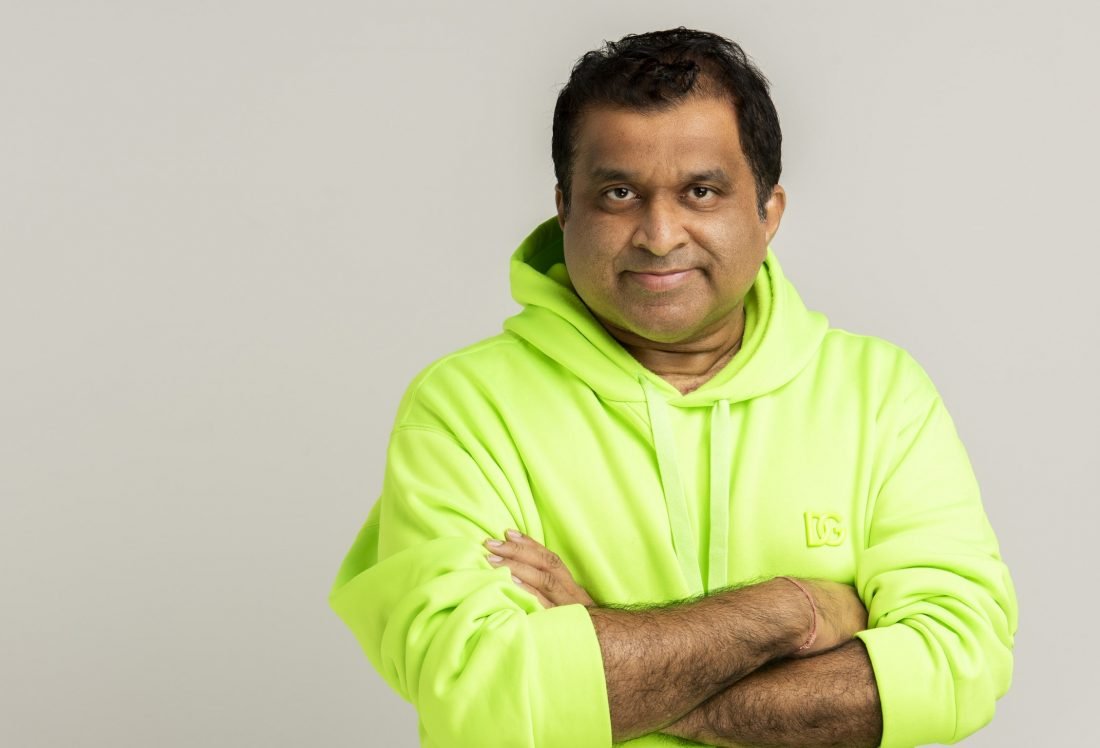2023 is the year of “great reassessment” in MENA
By Atul Hegde, Founder, YAAP

To put it mildly, the last few years were unprecedented times. Economics defied historical patterns, leading to uncertainties and reactionary policies. Yet humankind continued to make breakthroughs and scale remarkable heights. It was as though this “phase” was paying homage to a timeless quote by Albert Einstein: “In the midst of every crisis lies great opportunity.” In MENA, a surge in oil prices, the successful hosting of the World Expo and the FIFA World Cup, and higher integration with the global economy created favourable circumstances for the foreseeable future. In 2023, regional economies will capitalize on these tailwinds. As the recession looms large, decision-makers will lean more toward pragmatism. The new year could play out underpinned by the following trends.
The great reassessment is here
In yesteryear, we saw the effects of the “great reset” and the “great resignation” — businesses adapted to the new normal as labour markets witnessed a combination of corporate restructuring and downsizing. The speculative nature of financial markets culminated in recessionary concerns, leading to mass layoffs and a funding winter. In 2023, such “speculations” could dissipate, giving way to clarity — recession or otherwise. Businesses will play the cards they are dealt, reassessing their value propositions, corporate policies, balance sheets, and future plans. With operating costs increasing steadily and eating away at profit margins, reassessing and optimizing functions across the value chain will take precedence this year.
Web 3.0 permeates business and industry
Web 3.0 — the confluence of the metaverse, NFTs, and other blockchain applications — began the year 2022 on a high note, buoyed by the rebranding of Facebook into Meta. By the end of the year, the global market value of the metaverse was pegged at $47.48 billion, with a CAGR of 39.44% till 2030. It is important to note that businesses merely set the foundations for Web 3.0 in 2022. In the coming months, utility-based applications and people-centric outcomes of Web 3.0 will manifest more in vital sectors such as finance, public, and healthcare. The adoption will be fuelled by a broad-based consensus on the need to democratize and de-monopolize the internet. In MENA, thanks to an institutional emphasis — through initiatives such as the Dubai Metaverse Strategy — Web 3.0 is expected to revolutionize functions across business and industry.
Sustainability elicits multistakeholder participation
Renowned footwear brand TOMS Middle East recently launched its NFTs, pledging the proceeds from the sales to its impact partner, International Medical Corps. That marked a first-of-its-kind convergence of social impact and Web 3.0, blazing a new trail for purpose-driven brands in the region. Likewise, Dubai Government has set great precedents by leveraging blockchain to go 100% paperless. With sustainability increasingly becoming non-negotiable for businesses across sectors, there is a need to explore opportunities at intersections. In 2023, subscribing to this notion and incentivized by the expanding Web 3.0 use cases, regional brands could supercharge their ESG efforts. The inherent features of blockchain — immutable ledger-based transparency, high transactional efficiency, and a level playing field — will ensure such efforts have a measurable sustainability impact.
AI becomes household technology
The AI future that many futuristic, sci-fi movies prophesied could well become a reality in 2023, with applications now making inroads into lives and livelihoods. In fact, much of the AI assimilation is happening unbeknownst to people, with applications emerging overnight on mobile phones, ATMs, kiosks, etc. Machine-generated images, texts and audio are increasingly featuring in advertising, communications, and content creation domains. Their short-term implications for labour markets pale in comparison to the long-term value creation, encouraging brands to follow suit. The traction of ChatGPT — one million users within a week of its launch — is a harbinger of the AI reality that every household will attest to soon.
Decoupling from global macro trends
Gone are the days when the world caught a cold when America sneezed. Today, global markets are driven by structural strengths as well. That is perhaps why, despite recessionary tell-tale signs in the West, India and MENA markets continue to see steady growth and employment rates. While the tech sectors, more integrated with the global economy, could face the knock-on impact of the recession, others such as manufacturing, service, and real estate — part of MENA nations’ economic diversification strategies — could counterbalance the effect. The “decoupling” with global market movements could become more pronounced in 2023.
Brand safety reigns supreme
Gone are the days when brands could resort to their “business-as-usual” attitude expecting consumers to turn a blind eye to predatory and unethical practices, blatant disregard for social norms, and voluntary bias. In today’s hyper-conscious consumerism, nothing goes unnoticed. That awareness is not lost on consumer brands, which, in 2023, will make conscious efforts to protect their reputation. Brand safety — the act of keeping a brand’s reputation safe online — will top the priority list of marketers this year. In addition to ensuring the quality of their products/services, brands will make quantifiable ESG efforts and tread with caution when dealing with sociocultural, ethical, and political issues. Ultimately, such a paradigm shift bodes well for consumers and end users. So, it is safe to regard the emphasis on “brand safety” as a win-win situation.





